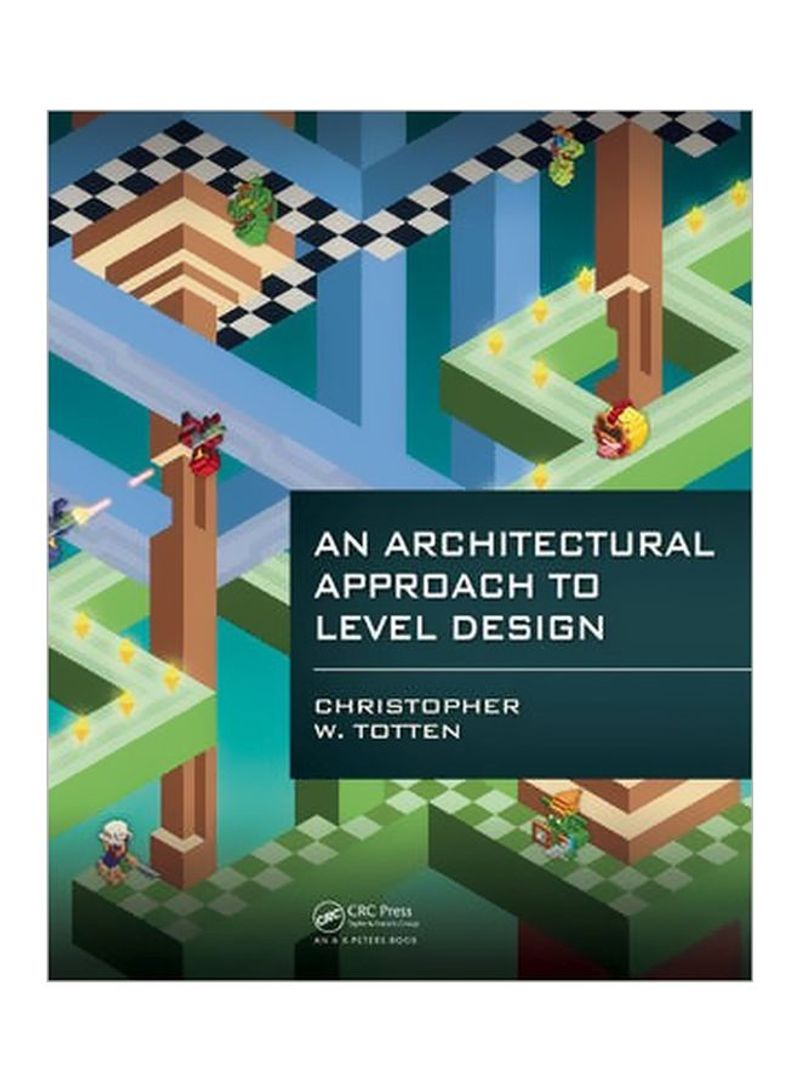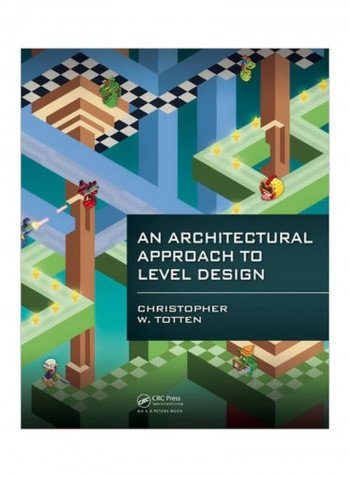An Architectural Approach To Level Design Paperback
Recommend
Sort by
Rating
Date
Specifications
Author 1
Christopher W. Totten
Book Description
Explore Level Design through the Lens of Architectural and Spatial Experience Theory Written by a game developer and professor trained in architecture, An Architectural Approach to Level Design is one of the first books to integrate architectural and spatial design theory with the field of level design. It explores the principles of level design through the context and history of architecture, providing information useful to both academics and game development professionals. Understand Spatial Design Principles for Game Levels in 2D, 3D, and Multiplayer Applications The book presents architectural techniques and theories for level designers to use in their own work. The author connects architecture and level design in different ways that address the practical elements of how designers construct space and the experiential elements of how and why humans interact with this space. Throughout the text, readers learn skills for spatial layout, evoking emotion through gamespaces, and creating better levels through architectural theory. Create Meaningful User Experiences in Your Games Bringing together topics in game design and architecture, this book helps designers create better spaces for their games. Software independent, the book discusses tools and techniques that designers can use in crafting their interactive worlds.
ISBN-10
1466585412
Language
English
Publisher
Taylor & Francis Inc
Publication Date
20 August 2014
Number of Pages
469
About the Author
Christopher Totten is an assistant professor of game design at George Mason University with a master's degree in architecture from the Catholic University of America. He recently founded an indie game studio, Pie for Breakfast Studios, and has previously worked on several indie mobile and serious game projects as an artist, art director, animator, level designer, and producer. He has written articles for Gamasutra, VideoGameWriters, and GameCareerGuide as well as the book Game Character Creation with Blender and Unity. He is a steering committee member for the IGDA Washington, D.C. chapter and has been featured at GDC China, East Coast Game Conference, DiGRA, and other industry events.
Editorial Review
The book appears to have been written with a great care and I was pleased to see a fresh description and illustration in the contents of the chapters, which drew my attention to read through in detail. I found the presentation clear and lucid and it also summarised some new points that are not found in related books on this subject. -Sekhar Muddu, Indian Institute of Science, Bangalore



